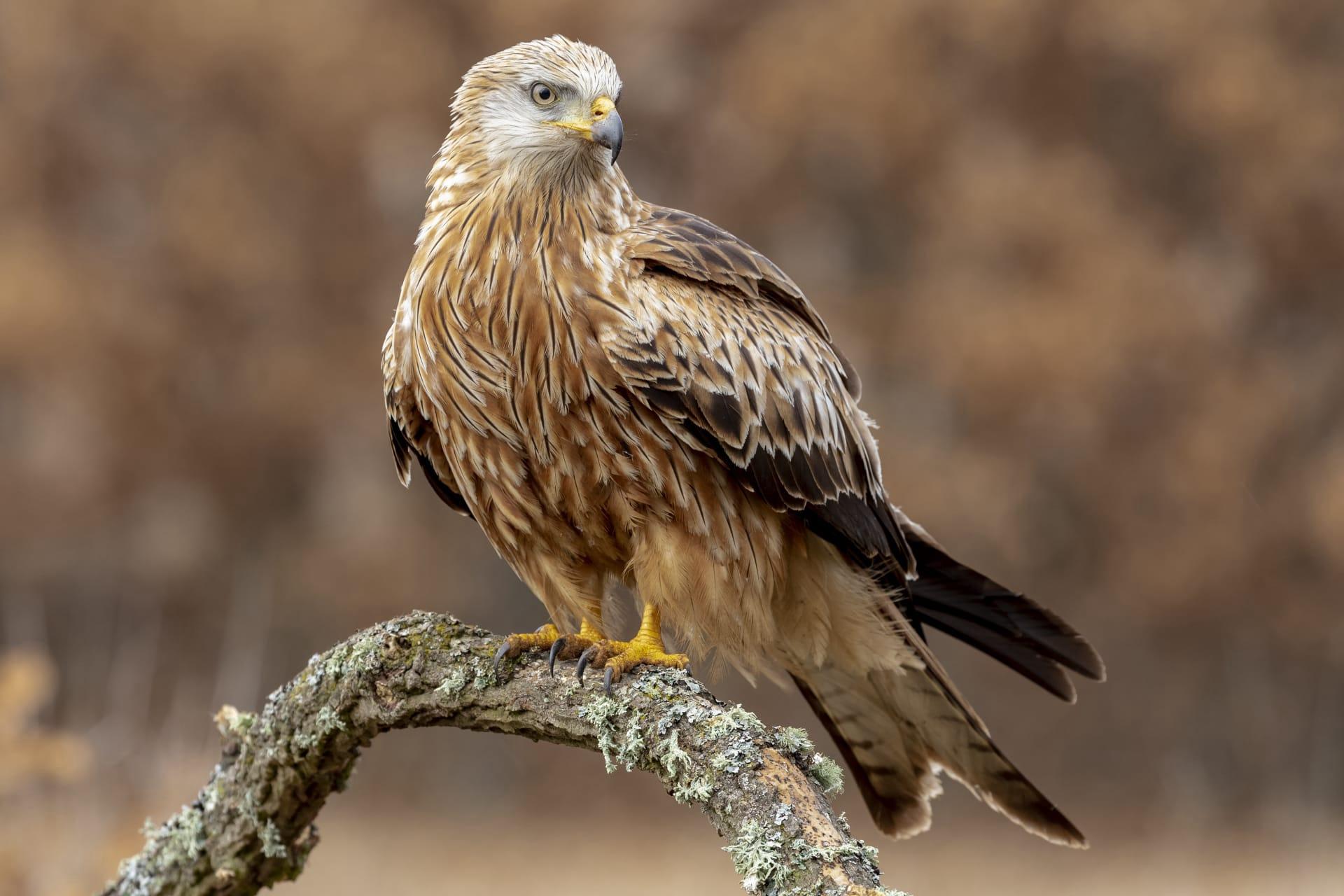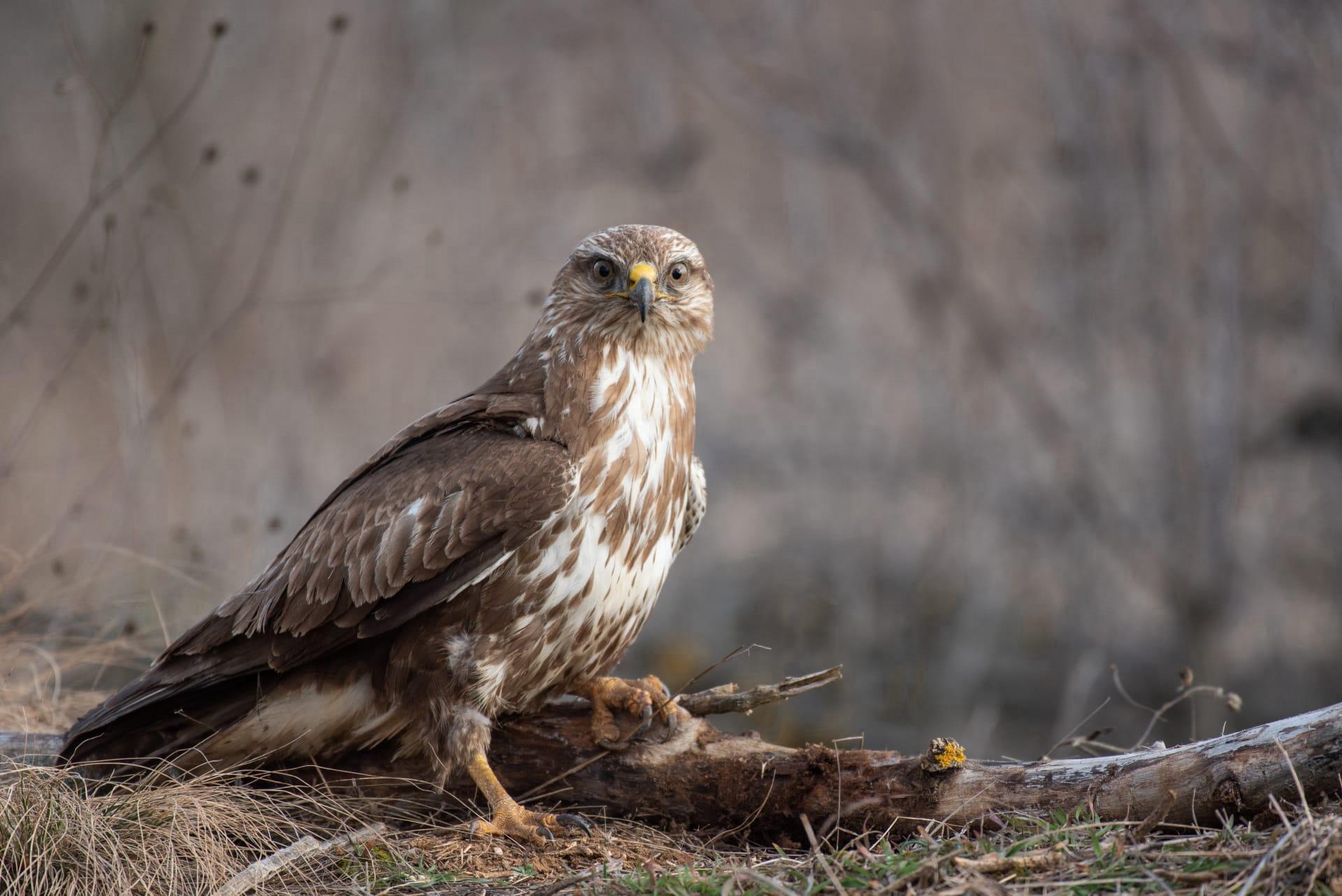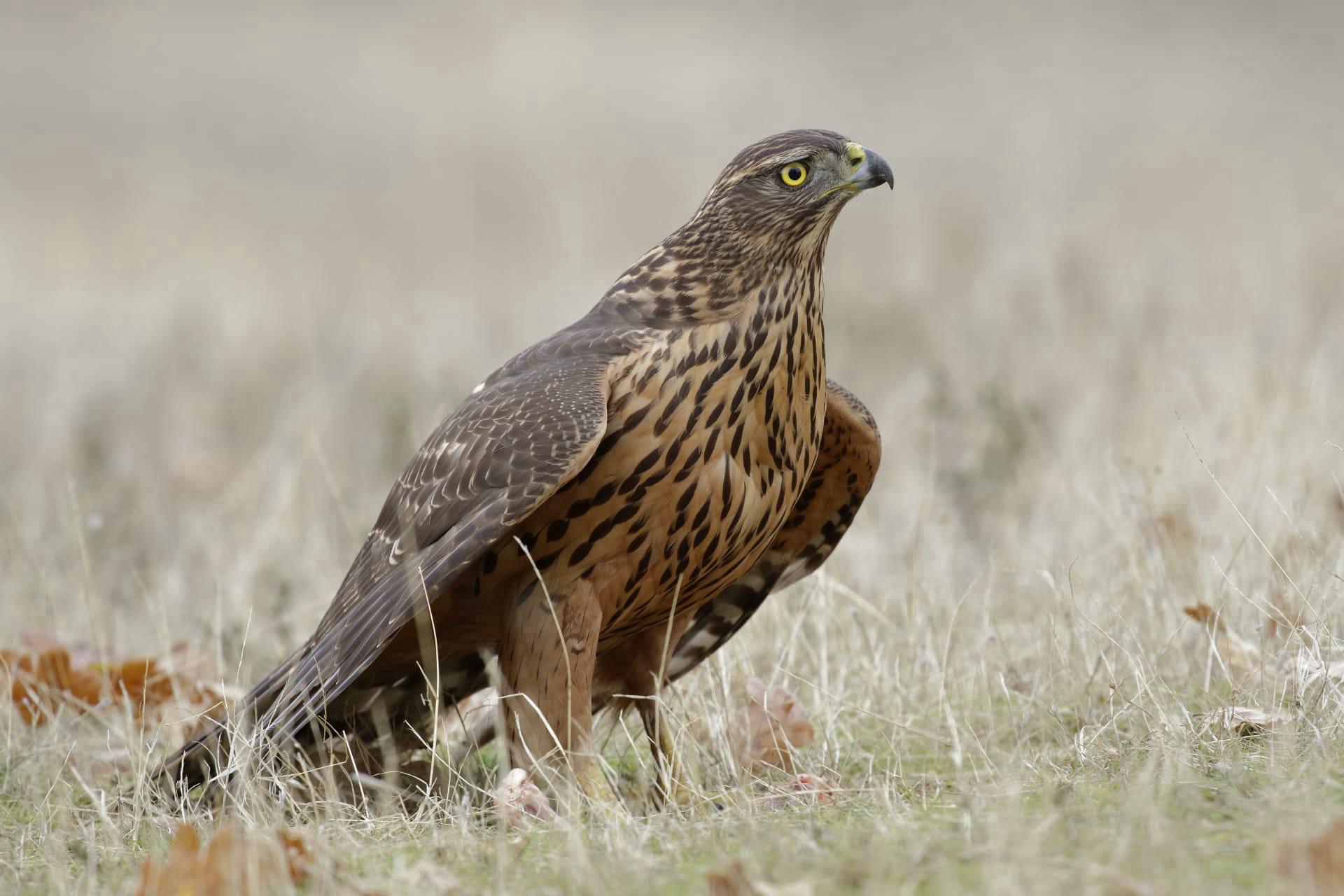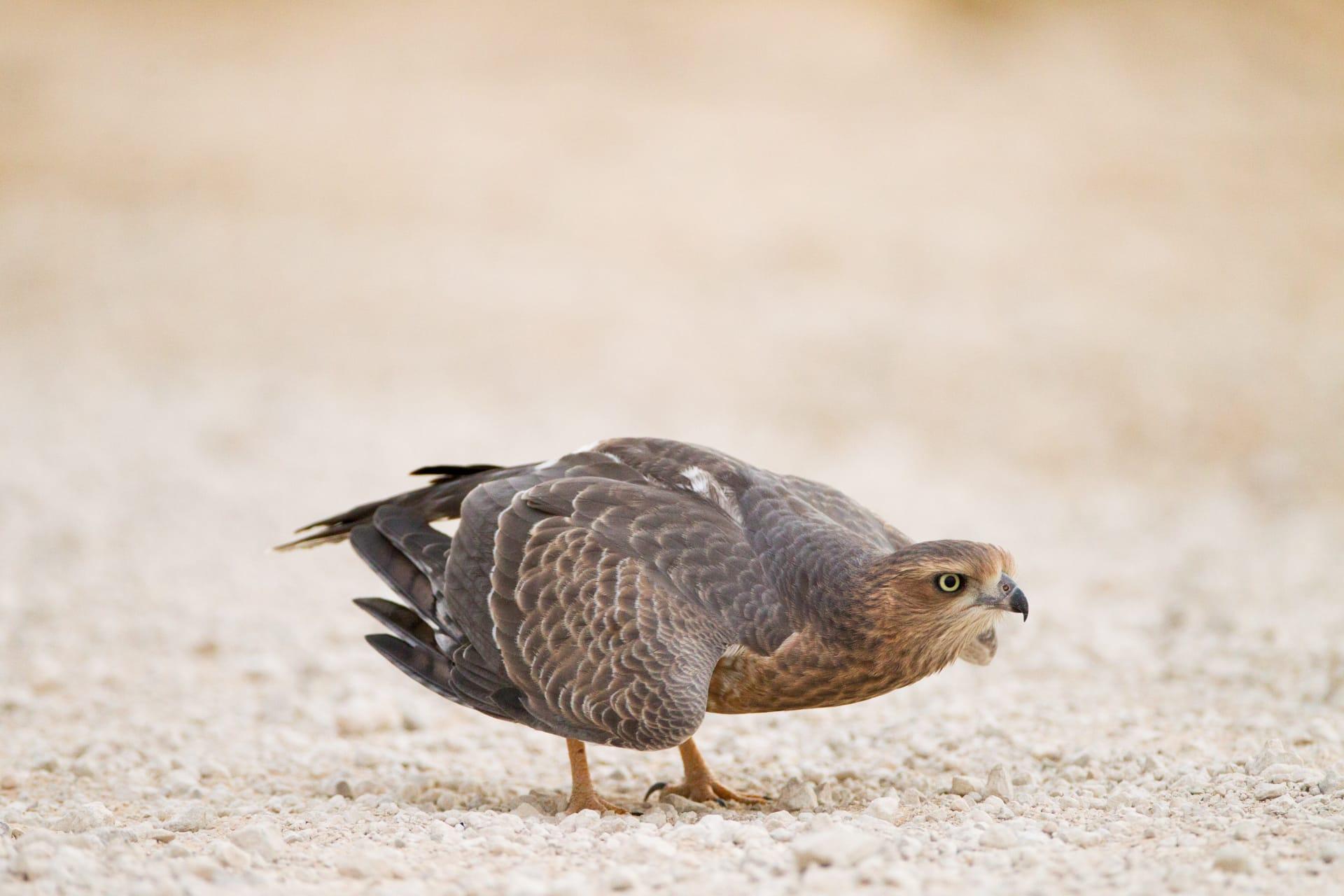Falcon Trivia
- Home /
- Trivia Question /
- Animal /
- Falcon Trivia
1
Question: How fast can falcons fly, and what makes them so speedy?
Answer: Falcons are among the fastest birds, capable of reaching speeds over 200 miles per hour (322 km/h) in a dive. Their streamlined bodies, powerful wing muscles, and pointed wings reduce air resistance, enabling these astonishing speeds. Peregrine Falcons, in particular, are renowned for their speed, especially during their hunting stoop, where they dive at incredible velocities to catch their prey mid-air.
Question: What is the primary diet of falcons, and how do they hunt?
Answer: Falcons primarily feed on other birds and small mammals. Their hunting strategy is unique - they often hunt by flying high and then diving at high speeds to strike their prey with their talons. Their exceptional vision allows them to spot prey from great distances. Peregrine Falcons, for example, can spot a pigeon from over 3 kilometers away!

2
Question: Is it true that falcons can't distinguish colors?
Answer: Contrary to this common misconception, falcons have excellent color vision. They can see a range of colors, and this ability is crucial for identifying prey and navigating their environment. Their eyesight is one of the sharpest among all species, allowing them to detect subtle movements and colors even from great distances.
Question: Do falcons mate for life, as often believed?
Answer: Many species of falcons, including the Peregrine Falcon, are known to be monogamous and may pair with the same mate for several years or even for life. They engage in intricate courtship rituals and often return to the same nesting sites each year. However, if a mate dies or disappears, they will find a new partner.

3
Question: How do falcons care for their young?
Answer: Falcon parents are highly attentive to their young, known as eyases. After hatching, the mother stays with the chicks while the father hunts and brings food. Both parents protect the nest fiercely against predators. The chicks grow rapidly, reaching almost full size in just a few weeks, and are taught to fly and hunt by their parents.
Question: What is the significance of the falcon's beak shape?
Answer: The falcon's beak is distinctively hooked and strong, designed for killing and consuming prey. The notch near the tip, called a 'tomial tooth,' helps in severing the spinal cords of their prey. This adaptation is crucial for quickly and efficiently dispatching prey, an essential aspect of their hunting success.

4
Question: How do falcons communicate with each other?
Answer: Falcons use a variety of vocalizations to communicate, especially during mating season. These sounds range from high-pitched whistles to more guttural noises, each serving different purposes like signaling distress, defending territory, or coordinating with their mate. They also use body language, such as posturing and wing movements, as part of their communication repertoire.
Question: Can falcons adapt to different environments?
Answer: Falcons are incredibly adaptable birds, able to thrive in a variety of environments, from urban areas to the wilderness. Peregrine Falcons, for example, are found on every continent except Antarctica. Their adaptability is evident in their ability to hunt different types of prey and nest in various locations, including cliffs, tall buildings, and other man-made structures.

5
Question: What are the main threats to falcon populations?
Answer: The primary threats to falcons include habitat loss, pesticide use, and climate change. In the mid-20th century, populations of some falcon species, like the Peregrine Falcon, drastically declined due to DDT pesticide use, which weakened eggshells. Conservation efforts have helped many falcon populations to recover, but they remain vulnerable to environmental changes and human activities.
Question: Are falcons solitary or social birds?
Answer: Falcons are generally solitary birds, especially outside of the breeding season. They are territorial and will aggressively defend their hunting and nesting areas from others of their kind. However, during mating season, they engage in cooperative behaviors with their mate, such as hunting together and raising their young.